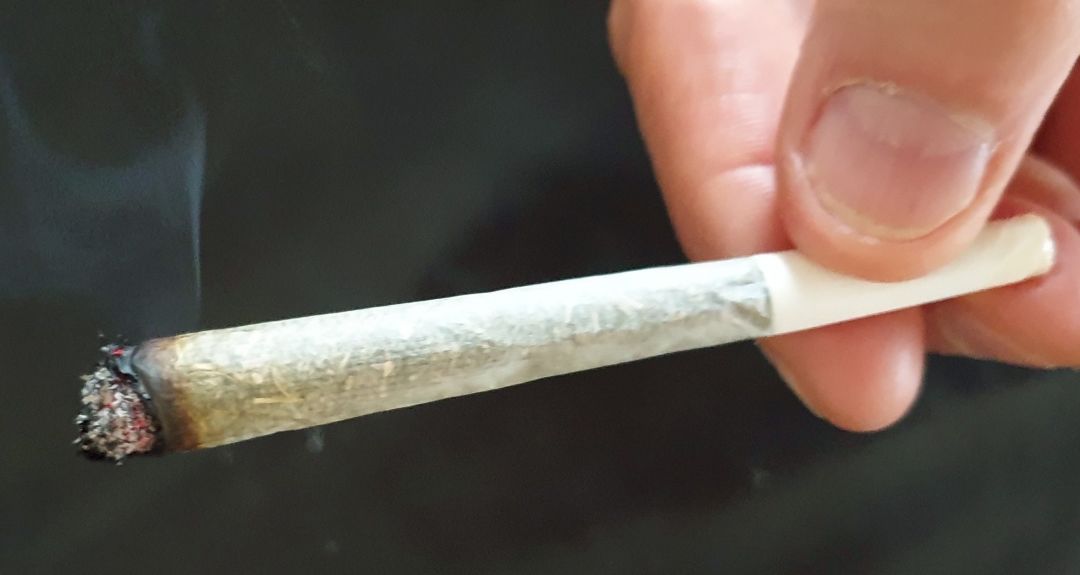Study: College Kids Smoke More Weed, Drink Less Beer, Once Pot Is Legal

College kids smoke more cannabis in states where it’s legal, a new study from Oregon State University shows—pretty intuitive, right?
More interesting is that they binge-drink less.
According to the study, in states where pot is legal, including Oregon, Washington and California, students were 18 percent more likely to have inhaled than those in states where pot is still classified as an illegal substance (looking at you, Idaho).
Using data from the National College Health Assessment Survey, OSU researchers found that after legalization, students ages 21 and older showed a greater drop in binge drinking than their peers in states where marijuana was not legal. (Binge drinking=five or more drinks in one sitting.)
Note that binge drinking is on the decline on the whole in US colleges, though more sharply in states that legalized cannabis. There is, however, evidence that legal pot use may reduce drinking rates. Forty-five percent of Canadians interviewed in a 2018 Ipsos poll said they would drink less post-legalization. Beer sales in Canada also dipped 3 percent in the first year of legalization.
Researchers say the links between legalized pot and the drop in binge drinking need further study, but point to an outside study that showed that illegal marijuana use decreases sharply when people hit 21, while alcohol use goes up.
“When you’re under 21, all substances are equally illegal,” said Zoe Alley, a doctoral candidate at Oregon State and the paper’s lead author. “In most states, once you reach 21, a barrier that was in the way of using alcohol is gone, while it’s intact for marijuana use. But when marijuana is legal, this dynamic is changed.”
The study was also conducted by researchers Harold Bae, Assistant Professor of Biostatistics, and David Kerr, Director of Graduate Education.
The team used data from seven states and 135 universities where pot is legal and from 41 states and 454 where it is not. Over 850,000 students were surveyed, all anonymously.
“We want to look at newer data,” says Kerr, who is hopefully that the work may have an influence on future policymaking. “We’re just really beginning to learn about how [these laws] might be affecting behavior.”




